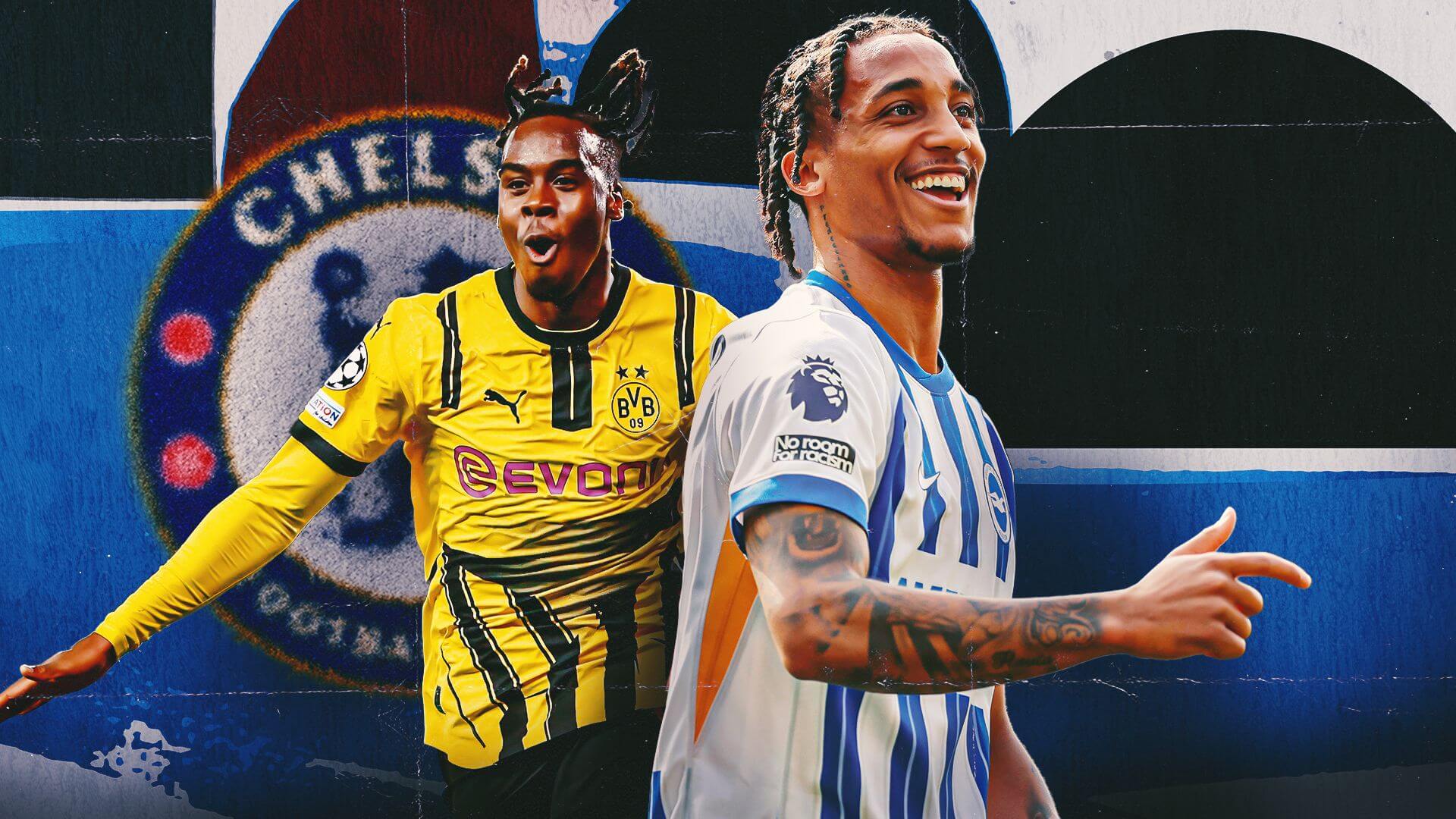Chelsea Transfers: Gittens & Pedro Add Balance and Bite
Chelsea transfers have rarely lacked drama, and the 2025 window is proving no different as the Blues close in on exciting deals for Jamie Gittens and Joao Pedro. With spending once again hurtling toward the £200 million mark, supporters may feel a familiar sense of déjà vu, yet the underlying strategy this summer looks smarter and more sustainable than many give credit for.
How Chelsea transfers evolved under BlueCo
BlueCo’s ownership promised a modern, data-driven approach after the Abramovich era’s Galáctico chase. In practice, that has meant targeting players under 25 with high upside, locking them into long contracts, and trusting coaching staff to polish their raw potential. The £115m outlay on Enzo Fernández, Mykhailo Mudryk and Wesley Fofana in 2023 was the first sign of this pivot. Though results wobbled during an extended transition, the club doubled down by signing future stars such as Dario Essugo, Mamadou Sarr and Liam Delap earlier this month.
Now, Chelsea transfers centre on adding dynamism out wide and flexibility up front. Gittens, still only 21 yet already experienced in the Bundesliga’s high-tempo chaos at Borussia Dortmund, ticks the first box. Pedro, fresh from a 20-goal contribution season at Brighton, covers the second. Both fit the new profile: quick, positionally versatile, and with years of growth ahead.
Why Jamie Gittens looks tailor-made for Cobham
Gittens is a left-footed right winger who thrives in one-v-one situations. His acceleration over the first five yards stretches back lines, creating pockets for midfielders like Enzo and Conor Gallagher to exploit. Working under former Dortmund assistant manager Paul Winstanley—now a key recruitment figure at Stamford Bridge—should ease his adaptation. The fee, a reported £47m, appears hefty, but Chelsea see a net bargain when weighed against potential resale value and Premier League inflation.
Joao Pedro brings creativity and grit
Pedro, meanwhile, offers a rare blend of flair and work-rate. Roberto De Zerbi moulded him into a pressing machine at Brighton, where he alternated between false nine, second striker and left wing roles. Mauricio Pochettino—or whichever head coach leads the 2025-26 charge—will relish that tactical elasticity. Most importantly, Pedro has Premier League scars already, reducing the bedding-in period that haunted previous Chelsea transfers.
Blending youth and experience for the 2025-26 marathon
The upcoming campaign includes expanded Club World Cup fixtures, an extended Champions League, and an elusive domestic title push. Depth is no luxury—it is a necessity. Chelsea transfers this summer therefore aim to assemble two competitive XIs without crippling wage expenditure. In this context, 20-something signings on moderate salaries become crucial.
Crucially, Gittens and Pedro are not being brought in to carry the team alone. Veterans such as Raheem Sterling, Reece James and Ben Chilwell provide leadership, while academy graduates Levi Colwill and Armando Broja bridge the generational gap. The overall squad age profile now hovers around 24, ideal for sustaining intensity across 60-plus matches.
Financial fair play and the accounting puzzle
Critics inevitably question how Chelsea keep spending without breaching UEFA’s cost-control regulations. The answer lies in amortisation and player sales. Long contracts—Gittens is expected to sign until 2031—spread transfer fees over eight seasons, lowering the annual hit. Offloading fringe players like Malang Sarr, Marc Cucurella and Romelu Lukaku further balances the books. BlueCo’s American ownership also explores innovative revenue streams, from stadium naming rights to North American pre-season tours, reinforcing their spending power.
The tactical implications of fresh Chelsea transfers
Pochettino flirted with 3-4-2-1 and 4-2-3-1 shapes last term. Gittens’ arrival could cement the latter, providing a natural inverted winger on the right to complement either Sterling or Mudryk on the opposite flank. Pedro, capable of dropping into midfield, allows Chelsea to morph into a 4-4-2 diamond mid-game, giving Enzo more vertical passing lanes. Depth also breeds competition; Nicolas Jackson, once nailed-on starter, must now fight for minutes, a scenario the coaching staff believe will sharpen finishing skills across the board.
Youth development still front and centre
Detractors fear these high-profile additions might block Cobham graduates. Yet insiders argue the opposite: training daily with elite peers accelerates academy progress. Gittens’ Bundesliga education offers a blueprint for Harvey Vale, while Pedro’s adaptability sets a template for up-and-coming striker Jimi Tauriainen. Given Pochettino’s track record with Spurs’ youngsters, expect a meritocracy where form, not transfer fee, dictates selection.
Comparing past and present Chelsea transfer windows
Under Abramovich, marquee names like Andriy Shevchenko and Fernando Torres arrived with instant title expectations—a high-stakes gamble that occasionally misfired. Today’s Chelsea transfers mirror the Brentford or Brighton model, albeit with far deeper pockets. Instead of buying fully formed stars, the Blues invest in ceiling. Data analysts, sports scientists and mental-skills coaches surround every signing, creating an ecosystem designed to convert potential into trophies.
Initial results are promising. After a stuttering start, the 2024-25 side finished fourth, reached an FA Cup final and posted the league’s second-best defensive record post-January. The objective now is silverware. Gittens and Pedro may not dominate headlines like a prime Didier Drogba, but their profiles suggest the incremental gains modern football demands.
Opinion: calculated risk worth taking
Chelsea transfers continue to polarise, yet in context these moves feel measured, even necessary. Top-level football is evolving into an endurance test, and squads jammed with hungry, versatile twenty-somethings tend to thrive. Yes, fees are high, and yes, patience will still be required as chemistry forms. But if Stamford Bridge truly wants sustained success, blending Gittens’ fearless dribbling with Pedro’s street-smart creativity is a risk well worth the outlay.
Verdict: Expect teething problems, but by spring 2026 the pair could be central to a side finally ready to peer over Manchester City’s shoulder. Sometimes, spending smart is better than spending less—this feels like one of those times.
Share this content:
